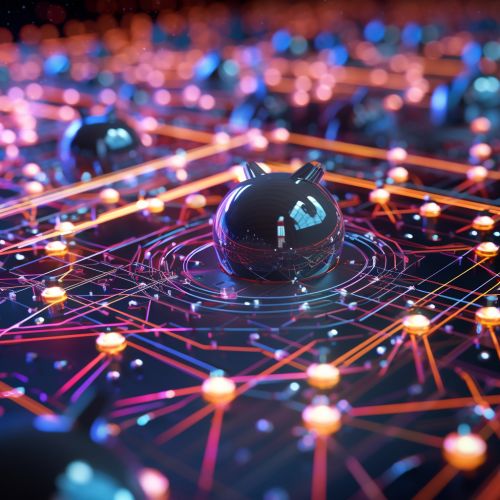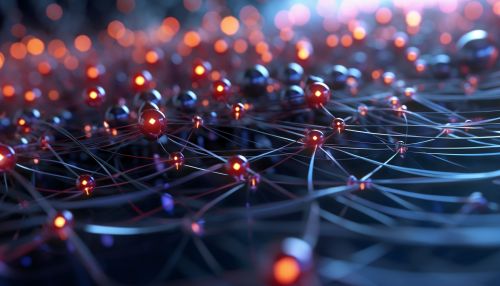Advances in Quantum Computing with Molecules and Ions
Introduction
Quantum computing is a rapidly evolving field of study that leverages the principles of quantum mechanics to process information. One of the most promising avenues in this field is the use of Molecules and Ions as quantum bits, or "qubits". This approach has the potential to significantly increase the computational power of quantum computers, opening up new possibilities for complex calculations and simulations.


Quantum Computing: A Brief Overview
Quantum computing is a form of computation that makes use of quantum bits, or qubits, instead of the traditional binary bits used in classical computing. While a classical bit can be in one of two states (0 or 1), a qubit can exist in a superposition of states, allowing it to be in both states at once. This property, along with the phenomena of entanglement and tunneling, allows quantum computers to process vast amounts of data simultaneously, making them potentially far more powerful than classical computers for certain tasks.
Molecules and Ions as Qubits
In the realm of quantum computing, molecules and ions have emerged as promising candidates for qubits. This is due to their inherent quantum mechanical properties, such as spin states, that can be manipulated to represent the 0 and 1 states of a qubit.
Molecules as Qubits
Molecules, particularly those with unpaired electrons, have been identified as potential qubits due to their inherent quantum mechanical properties. The spin states of these unpaired electrons can be manipulated using various techniques, such as pulsed electron paramagnetic resonance (EPR), to represent the 0 and 1 states of a qubit.
One of the advantages of using molecules as qubits is their abundance and diversity. There are countless types of molecules, each with unique properties that can be exploited for quantum computing. For example, some molecules have multiple unpaired electrons, allowing them to represent multiple qubits simultaneously.
Ions as Qubits
Ions, or charged atoms, are another promising candidate for qubits. In particular, trapped ions have been used to create some of the most advanced quantum computers to date. These systems work by trapping ions in a vacuum using electromagnetic fields, and then using lasers to manipulate the ions' quantum states.
One of the key advantages of using ions as qubits is their long coherence times. Coherence time is a measure of how long a qubit can maintain its quantum state before it decoheres due to environmental interference. Trapped ions have some of the longest coherence times of any qubit system, making them ideal for complex calculations that require long computation times.
Advances in Quantum Computing with Molecules and Ions
The use of molecules and ions as qubits has led to several significant advances in quantum computing. These advances have not only improved the performance of quantum computers, but also opened up new possibilities for their use.
Advances with Molecules
One of the most significant advances in the use of molecules as qubits has been the development of techniques for manipulating their quantum states. These techniques, such as pulsed EPR, allow researchers to control the spin states of molecules with high precision, enabling them to perform complex computations.
Another major advance has been the discovery of new types of molecules that can be used as qubits. These include molecules with multiple unpaired electrons, which can represent multiple qubits simultaneously, as well as molecules with long coherence times, which are ideal for complex calculations.
Advances with Ions
In the realm of ion-based quantum computing, one of the most significant advances has been the development of techniques for trapping and manipulating ions. These techniques have enabled the creation of some of the most advanced quantum computers to date, with dozens of qubits and long coherence times.
Another major advance has been the development of techniques for entangling ions. Entanglement is a fundamental aspect of quantum mechanics that allows particles to become linked, such that the state of one particle instantly affects the state of the other, no matter the distance between them. This property is crucial for quantum computing, as it allows for the simultaneous processing of vast amounts of data.
Future Prospects
The use of molecules and ions as qubits holds great promise for the future of quantum computing. As techniques for manipulating these systems continue to improve, it is likely that we will see quantum computers with increasing numbers of qubits and longer coherence times. This will open up new possibilities for complex calculations and simulations, potentially revolutionizing fields such as cryptography, optimization, and materials science.
